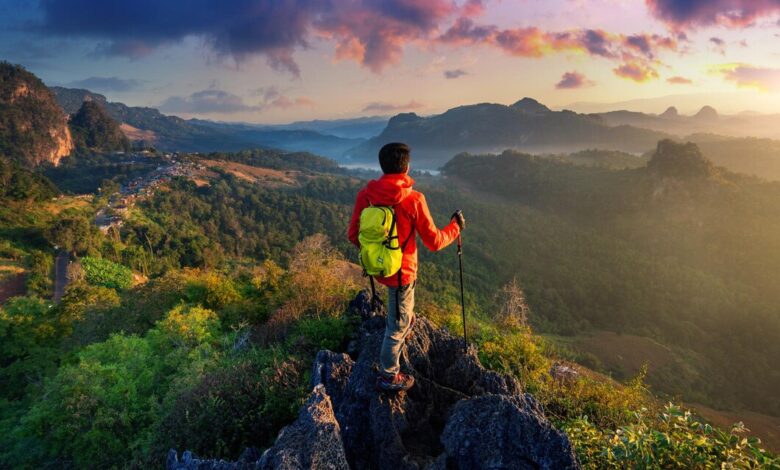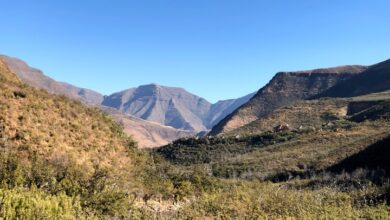What to Look Out For When Assessing Risks in Lesotho’s Tourism Industry

Lesotho, known as the “Kingdom in the Sky,” offers stunning landscapes, cultural richness, and unique tourism experiences. However, like any tourism destination, it faces various risks that stakeholders and travelers should consider. Understanding these risks is crucial for informed decision-making and ensuring a safe and enjoyable travel experience. Here’s what to look out for when assessing risks in Lesotho’s tourism industry:
1. Political Stability
Political stability is foundational to a safe and thriving tourism industry. Lesotho has experienced periods of political tension and occasional protests. Travelers should monitor local news and advisory updates to assess the current political climate and any potential risks to safety and travel logistics.
2. Health and Medical Services
Access to healthcare and medical services can vary, especially in remote or rural areas. Travelers should be aware of the availability of medical facilities, vaccination requirements, and health risks such as altitude sickness in mountainous regions. It’s advisable to carry adequate travel insurance covering medical emergencies and evacuation if necessary.
3. Infrastructure and Road Safety
Lesotho’s infrastructure, particularly roads and transportation networks, may not be as developed as in urban centers. Travelers should exercise caution when driving, especially in rural areas where road conditions can be challenging. Checking weather conditions and road closures during the rainy season is essential due to potential flooding and landslides.
4. Crime and Personal Safety
While Lesotho generally has a low crime rate compared to some neighboring countries, petty crime such as pickpocketing and theft can occur, particularly in tourist areas or crowded markets. Travelers should take common-sense precautions, such as safeguarding valuables and avoiding isolated areas at night. It’s advisable to stay informed about local safety tips and guidelines from accommodation providers or tourism authorities.
5. Natural Hazards
Lesotho’s rugged terrain and mountainous landscapes pose inherent risks related to natural hazards. Flash floods, rockfalls, and extreme weather conditions can occur, especially during the rainy season (October to April). Travelers should heed local warnings, follow safety guidelines from tour operators or guides, and be prepared for changes in weather conditions when engaging in outdoor activities.
6. Cultural Sensitivity
Respect for local customs, traditions, and cultural norms is essential for a positive tourism experience. Lesotho’s cultural heritage is deeply rooted in traditions such as Basotho blankets, traditional music, and ceremonies. Travelers should educate themselves about local customs, seek permission before taking photographs of individuals or cultural sites, and dress modestly when visiting religious or sacred sites.
7. Travel Advisories and Insurance
Before traveling to Lesotho, travelers should check for any travel advisories or warnings issued by their government or international organizations. Additionally, obtaining comprehensive travel insurance that covers trip cancellations, medical emergencies, and evacuation is recommended to mitigate financial risks and ensure peace of mind during your journey.
Assessing risks in Lesotho’s tourism industry involves a balanced approach of understanding potential challenges while appreciating the kingdom’s unique attractions and cultural heritage. By staying informed, exercising caution, respecting local customs, and preparing for contingencies, travelers can enhance their safety and enjoyment while exploring the breathtaking landscapes and warm hospitality that Lesotho has to offer. Remember, proactive planning and awareness are key to experiencing the best of Lesotho while minimizing potential risks.
Join 'Lesotho News' WhatsApp Channel
Get breaking Lesotho news — delivered directly to your WhatsApp.
CLICK HERE TO JOIN



